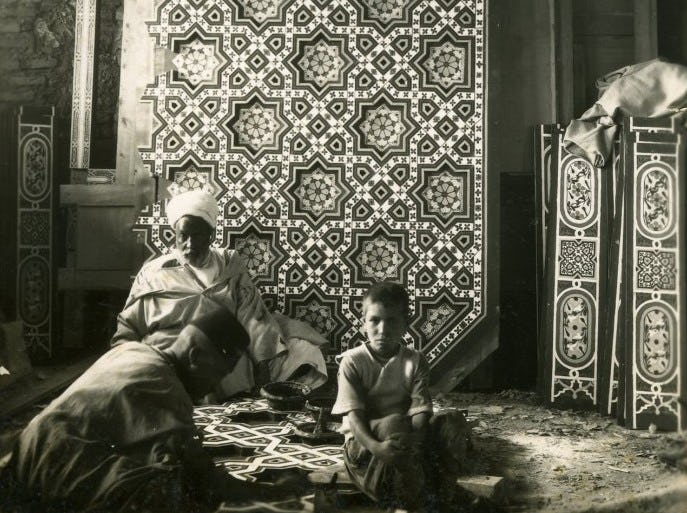Gold-Draped and Gem-Inset Carved Ivory Elephant Figurine Carrying a Howdah-Framed Stupa
Date19th century
PeriodBritish India/Princely States
MediumIvory, gold, gemstones
DimensionsOverall: 5 7/8 x 3 1/4 x 5 7/8 in. (14.9 x 8.3 x 14.9cm)
ClassificationsOrganics
Credit LineCourtesy of the Doris Duke Foundation for Islamic Art
Object number71.5
DescriptionThis elephant figurine is carved from ivory and adorned with gold regalia inset with jewels. On its back, the elephant carries a howdah, the seat that would carry a royal rider. A large central jewel rests on its forehead and a golden bell dangles from its neck. Elephants were held in high regard in India. In Hinduism, the elephant-headed god Lord Ganesh was regarded as the “remover of obstacles.” Elephants in South Asia were rarely killed for ivory or food, due to the predominance of Hinduism, which discourages the consumption of meat. The demand for ivory was met by “tipping,” cutting off the solid end of a tusk from an elephant without hurting the animal.
On View
On viewCollections
19th - 20th century
19th - 20th century
19th century
18th-19th century














